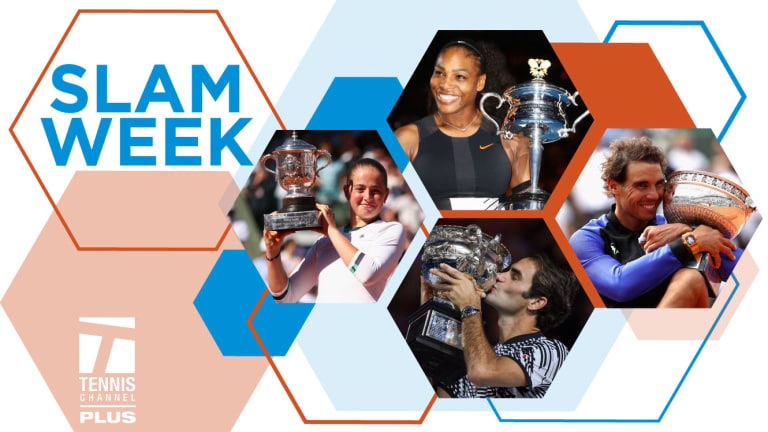If there’s a better summation of the Sam-I-Am style of play, I have yet to hear it.
While Murray would do his best to hang on, he needed that second set. The hip injury that he had been nursing and working around all tournament flared again, the pain steadily growing worse. By the fourth set, a limp had set in, one that would become more pronounced with each game. By the time he walked off the court to the cheers of the crowd, the no-longer-defending-champion was hobbling badly.
“I think I had chances in the first three sets,” Murray said. “I mean, the second set, I think I was up 4-3, then got broken twice ... I did manage to win the third. You know, maybe I could have got the match done in three sets there had I closed out the second after getting the break.”
But Murray rightly credited Querrey with serving well down the stretch, and taking his chance when he had it. Querrey finished with 27 aces, won 84 percent of his first-serve points and hit 70 winners.
Querrey has had more ups and down in the last 10 years than he can probably remember. He has questioned his commitment to the tour grind in the past, but as his 30th birthday approaches, he could be on the verge of adding his name to the ATP’s ever-growing late-bloomer brigade. And he appreciates it.
“It’s an exciting moment,” Querrey said. “Not many people get to play tennis professionally, let alone play at Wimbledon, play on Centre Court, play against Andy Murray. It’s really special.”
But let’s not go overboard; Sam is still as chill as always. A British reporter cited the “bloom of expectations” that he believed would surely grow in the U.S. after his win; he asked Querrey if he would do anything to “sort of buffer yourself from that a little bit.”
Querrey, ever the American, shot him a quizzical look.
“Not really,” he said. “I mean, it’s not like tennis is the most popular sport in America. This isn’t the NBA championships or anything.”
But it’s the semifinals of Wimbledon, and that’s something for the U.S. men’s game to celebrate.
